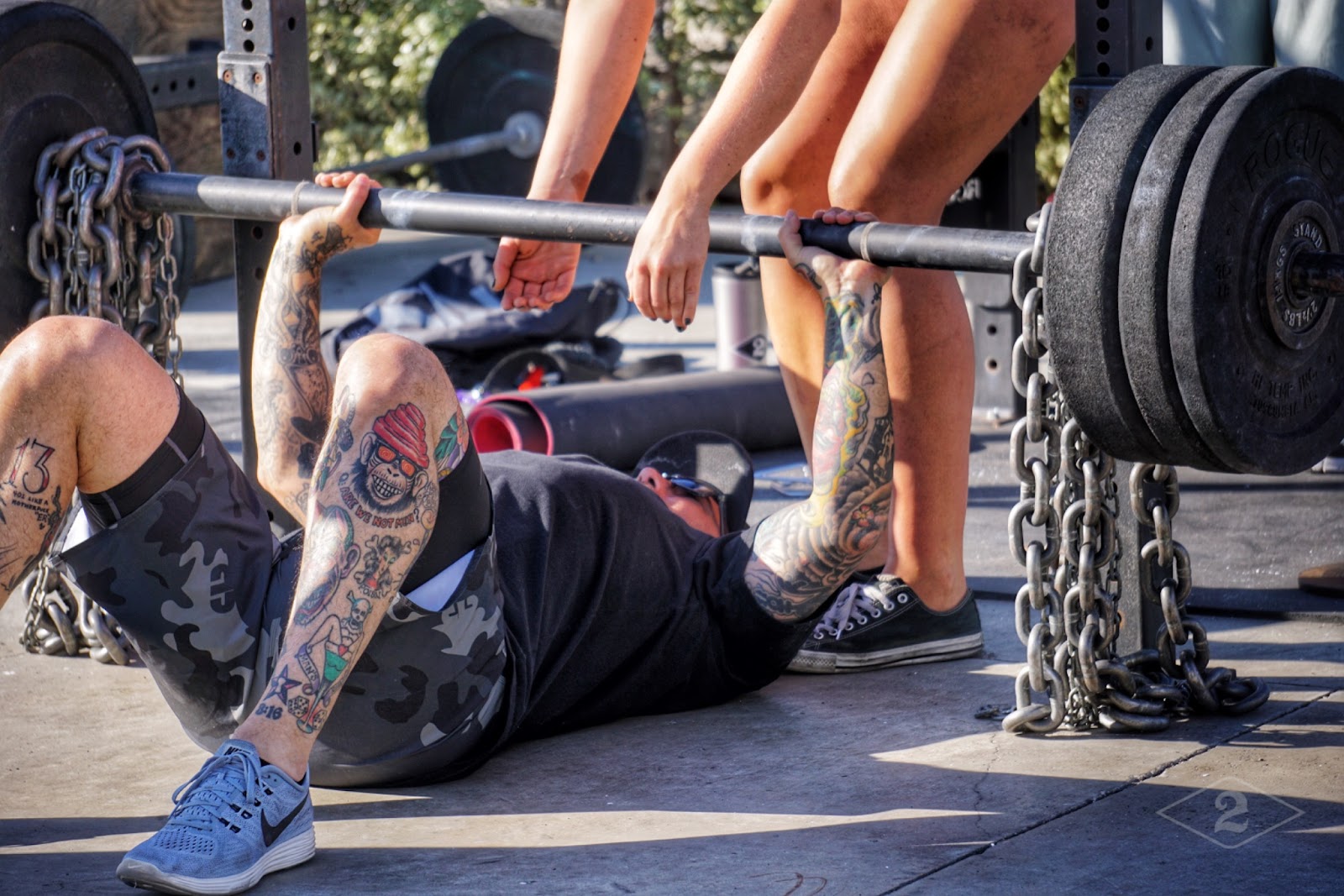
Long ago, there was a man named Milo, Milo of Croton. He was a wrestler of renowned strength. According to legend – and recorded history, Milo developed his strength in a peculiar but ingenious way. Milo would pick up a baby calf daily and carry it on his shoulder. He did this until the calf became a full-grown bull. This is the first known implementation of a concept that we call progressive overload today.
The story of Milo is interesting in the context of modern training because it occurred at a time when people only had inconvenient objects to lift for their training. Although most cultures placed importance on physical prowess, strength training was inconvenient and poorly understood for most of human history.
Then came an invention that transformed the world—the barbell.
The barbell standardized strength training, making it much more convenient and approachable. It also made progressive overload much easier. Now, anyone who wanted to lift could incrementally increase weight in a manageable way.
The barbell was not without its detractors. Some proclaimed that training with stones and logs was the only way to train, that training with this new technology was untraditional and not the best way to develop true strength. While I’m a big supporter of training with odd objects, ignoring the benefits of barbell training is detrimental to anyone’s development.
Today, there is a similar sentiment regarding new training tools at our disposal.
Some see the barbell as the apex of strength training. They insist it is the best and only way to drive strength adaptation—the only way to train and test absolute strength.
We are in a whole new era. A vast array of tools are available that allow us to load movement in unique and different ways. These tools allow more people to break through plateaus and train pain-free.
These newer tools are not ‘traditional,’ but that is precisely the point. They offer benefits that enhance old training systems.
Ignoring these tools will only prevent us from better training. It will also hold us back from our strongest selves.
No matter your athletic goals, educating yourself on the methods and processes involved in developing strength has two primary benefits:
-
Research has shown that educating athletes on principles utilized in their training will increase adherence to training.
-
Education gives you more options. This is as true in strength and conditioning as anywhere else in life.
This is why we are running a short educational series on specialty bars. The following article will feature a variety of bars utilized in GPP and our specialty programs.
5/20/24 WOD
DEUCE Athletics GPP
Complete 4 rounds of the following
8 Pendlay Rows
Complete 3 rounds for quality of:
8 Half-Kneeling 1-Arm Lat Pulldowns (ea)
8 Half-Kneeling DB Windmill (ea)
50-Yard Sandbag Carry
AMRAP 8
10 Push Presses (95/65)
Bull Run
DEUCE Garage GPP
Every :90 for 12 Rounds Complete the following complex:
1 Push Press
2 Push Jerk
Complete 2 rounds for quality of:
100′ Bottoms Up 90 Degree KB Carry – Left
100′ Bottoms Up 90 Degree KB Carry – Right
Then, complete 4 rounds for time of:
8 Hang Power Cleans (135/95)
8 Lateral Burpees Over Bar

